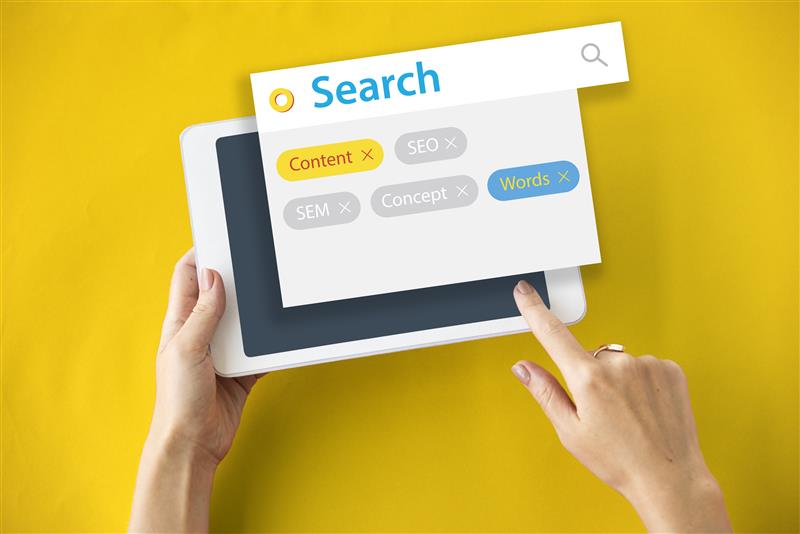Introduction
Digital scenario of 2025 is ever-changing, so mastering on-page SEO is becoming ever-important. On-page SEO is concerned with optimizing individual web pages in order to rank higher and earn more relevant traffic in search engines. Off-page SEO emphasizes external signals, such as backlinks, but on-page SEO exists entirely under your purview.
Therefore, the present exhaustive guide serves as a checklist you can refer to in order to better optimize the on-page elements of your own website.


What Is On-Page SEO?
The goal of on-page SEO is to optimize individual web pages to rank higher and attract more relevant traffic in search engines. This includes both the content and the HTML source code of a page. Main factors include:
- Content Quality: Providing useful, informative, and engaging content that meets user intent.
- HTML Tags: SERPs are influenced by the effectiveness and optimization of title tags, meta descriptions, header tags, and image alt attributes.
- URL Structure: Clean, descriptive URLs that contain targeted keywords are essential.
- Internal Linking: Internal links should be used to direct users and search engines to important pages.
- User Experience (UX): Creation of a useful, easy-to-navigate website.
Comprehensive On-Page SEO Checklist for 2025
With a solid on-page checklist for SEO laid out for the year 2025, we can now carry out some reflections on renewals.
1. Keyword research and optimization measures
Target keywords for a search: In search of good keywords to go after, one would need to look for comfortable numbers of searches with low competition if they were lucky; tools such as Google Keyword Planner or SEMrush can assist.
Correct Keyword Usage: Proper primary and secondary keywords will fit quite naturally into the title tag, meta description, headers, and content.
No need to go hammering keywords into content:The reading flow should allow users to read without noticing the conscious presence of keywords.
2. Title Tag Optimization
Key Phrase to be Considered: Place the main keyword toward the front of the title tag.
Straightforward: The appropriate length for title tags should be 50-60 characters since longer ones tend to get chopped off in the search results.
Teases for Users: Crafting tempting titles is much-needed to entice users to click while displaying the true worth of content.
3. Improve Meta Description
Brief Description of Content: Give a short description of what the page is about with a mention of the primary keyword.
Character Count Guidelines: 160 character limit for meta description.
Induces Action: Get users clicking by saying, “Learn more” or “Discover how.”
4. Titles and Headings
Use only one H1 tag on each page: Assign one H1 to each page along with its primary keyword.
Heading Tags Hierarchy: Your H2s and H3s can signify the hierarchy of your content and work better for users and search engines.
5. URL Structure
Short, Easy, Descriptive: Keep URLs short with a keyword target and dictionary-definition-like description.
No Special Characters: Avoid using characters like &, %, or $ anywhere in your URL.
Hyphenate: Eg: best-seo-practices instead of best_seo_practices.
6. Quality and Optimization of Content
User intent-based content: Your content must answer a question posed by a user completely.
Multimedia Use: Pictures, videos, and infographics may keep a user engaged.
Easy Readability for Humans: Short paragraphs, bullet lists, and subheadings make it easy to read.
Frequent Updates: New, relevant content has been added these days to be able to compete for rankings.
7. Image Optimization
Descriptive File names: Give names to image files loaded with keywords.
Alt Text Optimization: Write a descriptive alt text for each image containing relevant target keywords.
Image Compression: Compress images for faster loading of the page while maintaining quality.
8. Internal Linking
Link to Related Pages: Internal links guide the user to related pages on your site.
Use Descriptive Anchor Text: The anchor text must be appropriate and relevant to what you link to.
Don’t Go Too Far Linking: Avoid excessive internal links, which would affect the quality of content.
9. Mobile Optimization
Responsive Design: The Best mobile fitting is your website.
Fast Loading Times: Pages loading fast on mobile devices would have images and scripts optimized.
Touch-Friendly Navigation: Navigation would be easy for touch devices.
10. Speed Optimization
Reduce Number of HTTP Requests: Reduce the number of elements on the page that generate and load times.
Compression: Compress files with tools like Gzip for faster speed.
Browser Caching: Speeds up repeated visits by assigning expiration dates to certain file types.
11. Schema Markup
Structured Data Built: Use structured data schema.org markup to help search engines understand your content better.
Foster Rich Snippet: Include reviews, ratings, etc. to be displayed in rich snippets.
Run the Structured Data Testing Tool from Google: Validate your markup to be sure it has been applied correctly.
12. User Experience (UX) Factors
Easy navigation: Design a clear and intuitive navigation structure.
Design-engaging: Design attractive in writing in its different standards, with your brand closely aligned.
Clear CTAs: CTAs should be appropriately installed to guide the users towards desired actions.
Advanced On-Page SEO Techniques
A look ahead to content on-page SEO in the year 2025 and beyond:
- Optimise for Voice Search: Use natural language and phrase-based keywords to target voice-based queries in your content.
- EAT Emphasis: The content should have emphasis on expertise, authoritativeness, and trustworthiness to meet Google’s quality standards.
- Core Web Vitals: The focus metrics for improvement in user experience will be on Largest Contentful Paint (LCP), First Input Delay (FID), and Cumulative Layout Shift (CLS).
- AI and LLMs: The other way of optimizing content for AI and Large Language Models is by structuring data and using proper semantic HTML
Conclusion
The fulfillment of this on-page SEO checklist in 2025 is bound to help in the enhancement of the visibility and usability of any website. Keyword optimization, the quality of output, the technicalities involved, and user engagement all work towards improving your search engine rankings while reaping the benefits of further relevant traffic.
As it is, SEO is that long-term process whose content is revised occasionally, and due analysis of performance would surely be adapting to changes in search engine algorithms just so the rankings are not only retained but also improved.



